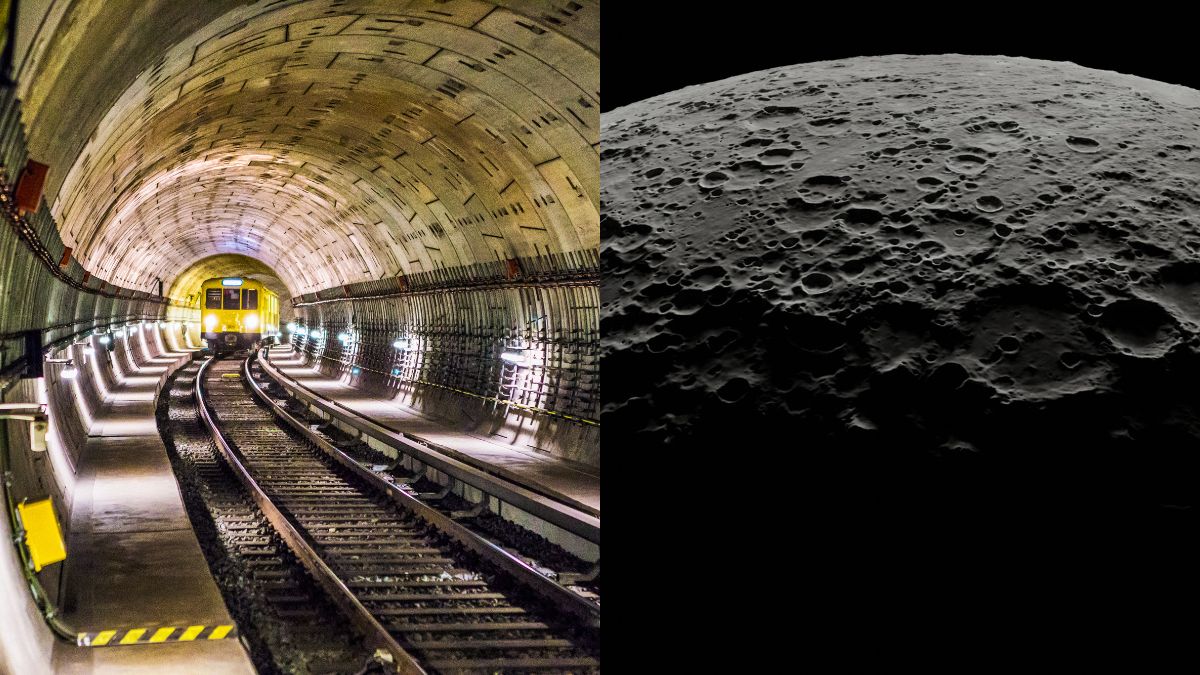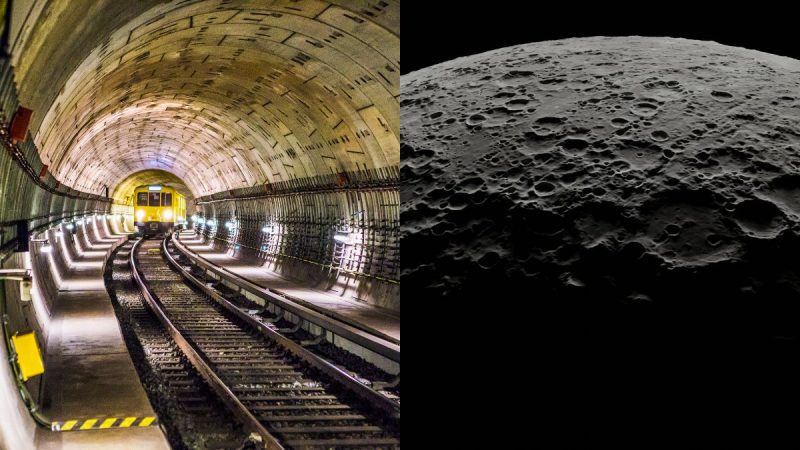Buckle up, space enthusiasts! NASA has unveiled an audacious plan to establish the first-ever railway system on the Moon. Dubbed “FLOAT” (Flexible Levitation on a Track), this revolutionary project envisions a network of magnetically levitating robots gliding across specially designed tracks.
NASA Unveils Plans For Moon Trains
View this post on Instagram
While the concept might sound like something out of science fiction, NASA’s “Innovative Advanced Concepts” programme is dedicated to fostering such visionary ideas. The goal? To develop a reliable and efficient method of transporting cargo and resources across the lunar surface, paving the way for a more sustainable human presence on the Moon.
Unlike traditional trains, FLOAT ditches the steel wheels and tracks. Instead, the system relies on unpowered magnetic robots. These ingenious machines will levitate above a three-layered, flexible film track. The bottom layer offers a sturdy base, while the middle layer, composed of graphite, interacts with the robots’ magnetic field, enabling them to effortlessly glide. The top layer protects the track from the harsh lunar environment, particularly the ever-present abrasive moon dust.
Also Read: New York City’s Landmarks Are Sinking Faster Than Rest of the City, NASA Reports
A Giant Leap For Moonkind
View this post on Instagram
This innovative design offers several advantages. Firstly, it eliminates the need for complex construction projects often associated with laying down traditional train lines. The lightweight, flexible tracks can be easily unfurled and deployed, making them ideal for the lunar landscape. Secondly, the magnetic levitation technology minimises friction, allowing the robots to operate with minimal energy consumption. This is crucial considering the logistical challenges of generating power on the Moon.
While the initial design proposes a humble speed of roughly 1mph (1.6 km/h), the long-term vision is to develop a network capable of efficiently transporting payloads over significant distances. Imagine a lunar landscape crisscrossed by these “Moon trains,” ferrying supplies and equipment between research stations, mining outposts, and future lunar settlements.
The FLOAT project is currently in its early stages, having recently secured funding for further development. However, the potential benefits are undeniable. A robust lunar transportation system will be instrumental in establishing a long-term human presence on the Moon. It will streamline logistical operations, facilitate scientific research, and pave the way for the development of a lunar resource extraction industry.
Also Read: Water, Earth & Fire: NASA Scientists Conduct Mesmerising Space Experiments On Earth’s Elements
While we might not be booking lunar express tickets anytime soon, NASA’s “Moon Train” proposal signifies a significant leap forward in lunar exploration. It’s a testament to human ingenuity and our unwavering desire to push the boundaries of what’s possible. The future of lunar travel might be far more streamlined – and silent – than we ever imagined.
Cover Image Courtesy: Canva (Representative Image)
For more such snackable content, interesting discoveries and the latest updates on food, travel and experiences in your city, download the Curly Tales App. Download HERE. First Published: May 10, 2024 6:07 PM




